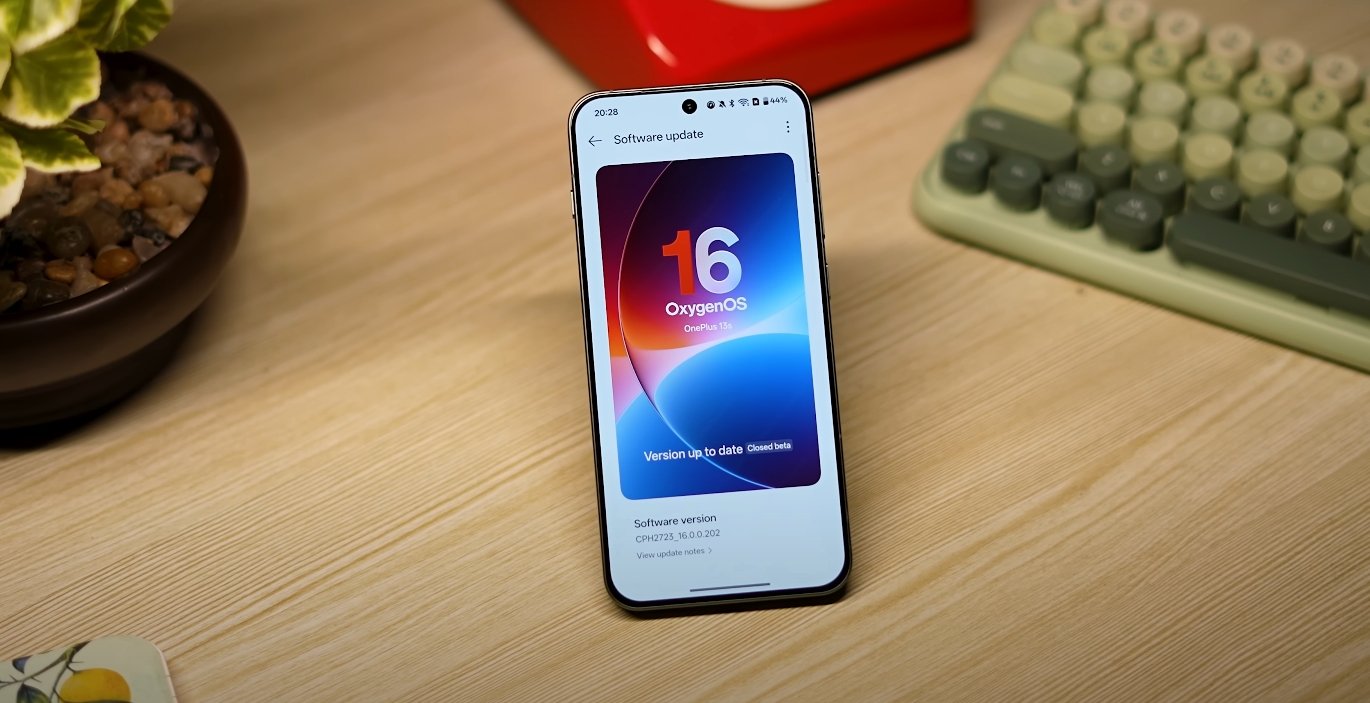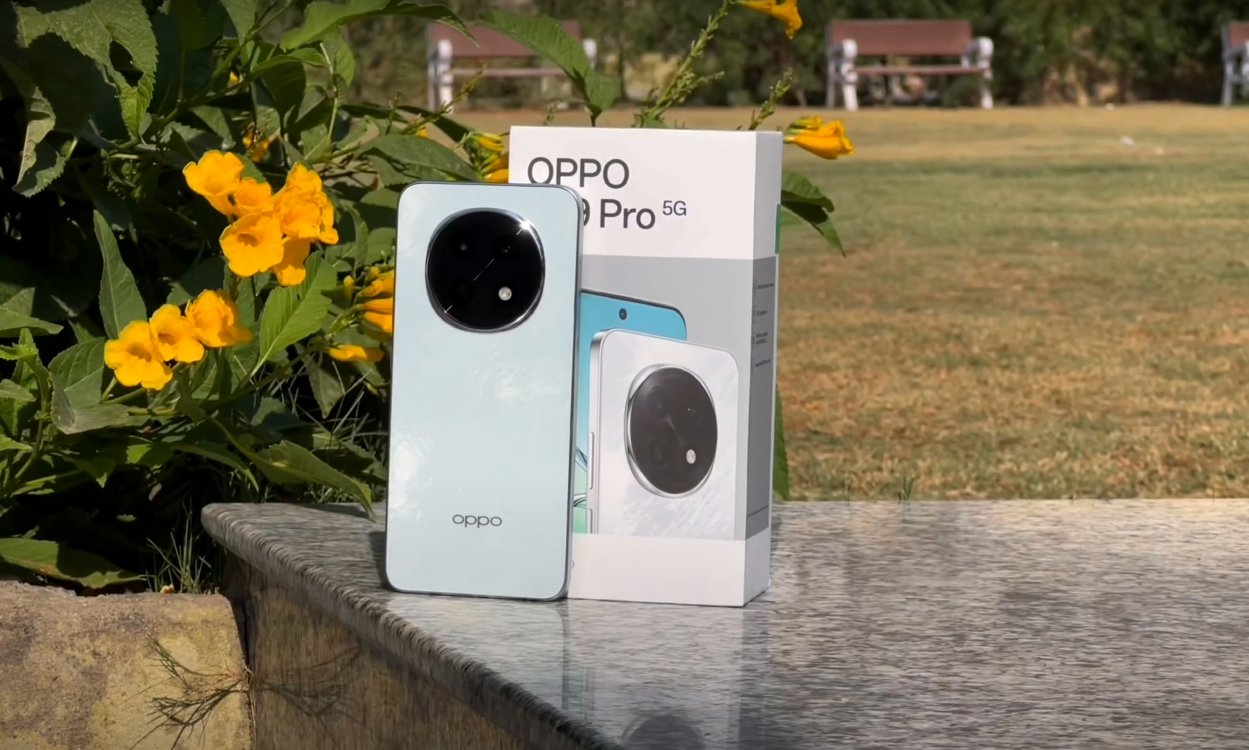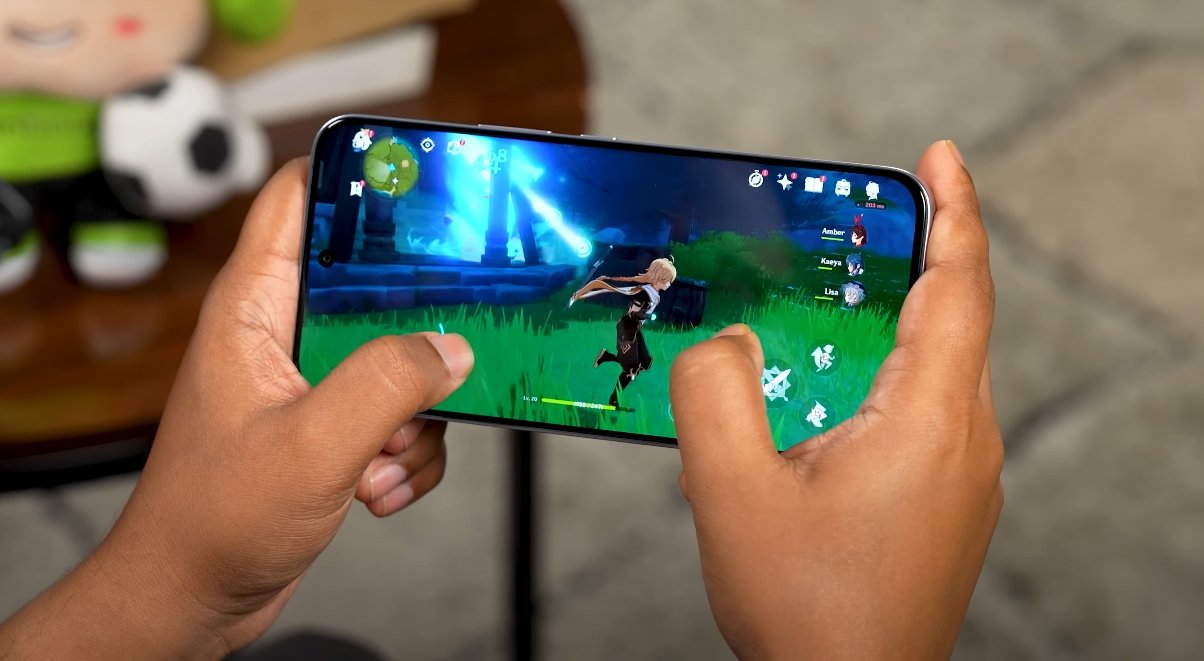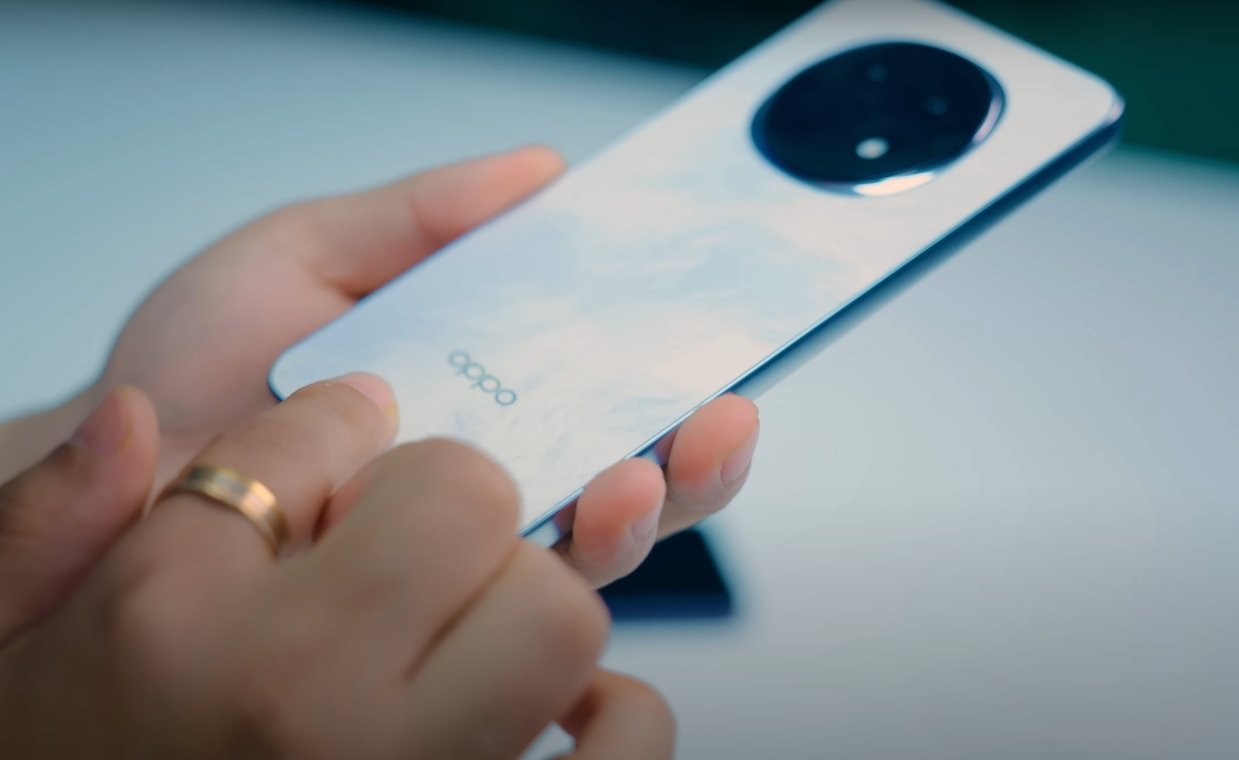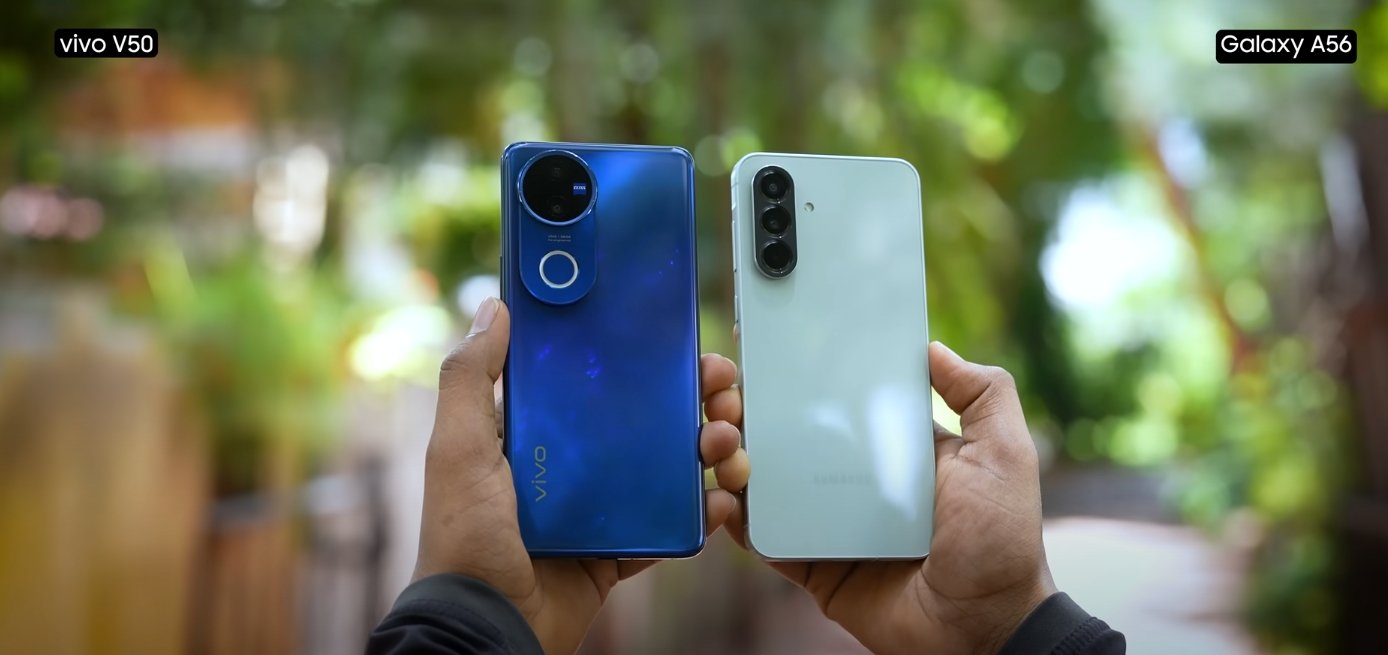Clash of Foldables: Google vs OnePlus
The Pixel 10 Pro Fold and OnePlus Open 2 are among the most anticipated foldables of 2025. Each device pushes the boundaries of what modern smartphones can do—but they prioritize different features. To figure out which holds the edge, let’s dive into how they compare across design, performance, battery, cameras, and real-world usability.
Starting with design and display, both phones sport dual-screen foldable layouts. The Pixel 10 Pro Fold offers an 8-inch inner OLED display and a 6.4-inch outer screen, both capable of high refresh rates and high peak brightness. OnePlus Open 2 is expected to match similar screen dimensions, aiming for slim bezels and a sleek fold design. Google’s foldable brings with it durability upgrades, like a gearless hinge and improved sealing, which help it stand up better in daily use. While the Pixel is a bit heavier and more robust, the Open 2 may feel lighter and more refined in hand.
Under the hood, their performance philosophies diverge. The Pixel 10 Pro Fold is powered by a new Tensor G5 chip, prioritizing AI processing, intelligent resource management, and smooth multitasking across its two screens. In contrast, the OnePlus Open 2 leans toward raw power, equipped (by leaks) with a top-tier Snapdragon variant plus fast RAM and storage. That gives it an advantage in graphics-heavy tasks and gaming workloads, whereas the Pixel balances power with efficiency — often giving it better sustained performance when handling heavy multi-window workflows.
Battery and charging are where tradeoffs become more defined. The Pixel 10 Pro Fold carries about a 5,015 mAh battery and supports 30W wired charging along with Qi2 magnetic wireless charging at up to 15W. It emphasizes steady, reliable all-day performance. The Open 2 is rumored to pack a larger battery and deliver more aggressive wired charging speeds, giving it potential to charge much faster. But with larger cells and faster draw, heat management and real-world efficiency will matter more—something where Google tends to excel.
Camera systems show both strengths and areas of difference. The Pixel 10 Pro Fold retains a triple-lens setup—including a 48MP main camera, an ultra-wide, and a 5× telephoto lens. Google continues to lean on computational photography to optimize results in low light, dynamic range, and portrait effects. OnePlus Open 2, from leaks, appears to use a set of 50MP sensors for its wide, ultra-wide, and mid-zoom angles. That gives it higher native resolution in some lenses, which could help with detail capture. But success will depend heavily on software tuning and consistency in challenging light.
In daily use, the Pixel 10 Pro Fold’s greater attention to durability, water/dust protection, and fold reliability gives it an advantage for those who use their device in varied conditions. Meanwhile, the OnePlus Open 2’s likely strengths in raw specs, charging speeds, and camera sensor counts might appeal more to power users or those chasing headline features.
In the end, the best choice depends on what you value most. If you prioritize longevity, robust engineering, software features, and dependable balance, the Pixel 10 Pro Fold is compelling. If you chase speed, flashy specs, and aggressive photography performance, the OnePlus Open 2 might be more exciting. Each is a strong contender—and your decision should align with how you plan to use your foldable day after day.
